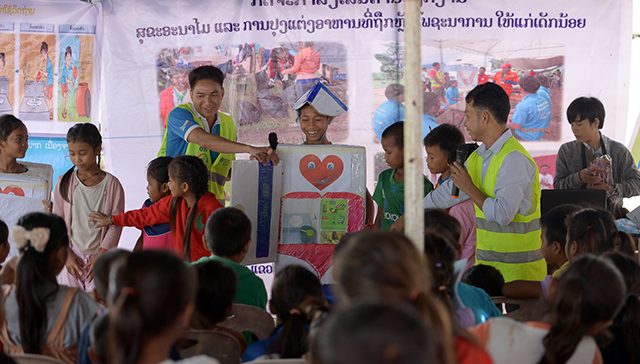Toolkit
The aim of this toolkit is to provide practical guidance to support community engagement for health in the Western Pacific Region. Community engagement is an approach to addressing health-related issues and promoting well-being. It involves building relationships and working together to develop more effective health interventions, programs, services, and policies and to empower communities as key actors for health.
This toolkit provides support throughout the community engagement process. It outlines questions to encourage dialogue, recommends activities, and provides examples and links to tools to support learning and action in your country and community. Click on any of the circles for guidance in implementing each aspect of community engagement: Engage, Assess, Plan, Act, Evaluate, and Communicate & Celebrate.
Check out our Orientation pages for more information on the purpose of this toolkit and resources for community engagement.
Phases of Community Engagement
Orientation
Community Engagement in the Western Pacific
What is community engagement? Community engagement is a dynamic process of working together to address health-related issues and promote well-being to achieve positive and sustainable health outcomes and impact. Developing …
Community Engagement in Achieving Our Future Vision
The key role of communities in health and health care has a long history. In 1978, the Alma Ata outlined community participation as a foundational component of primary health care. …
Using This Toolkit
The toolkit is designed for anyone who wishes to engage communities for health and well-being. This may be at the local level (e.g. mayors, community health workers), district or provincial …
Additional Resources
Links to Resources This section of the Toolkit provides links to resources for community engagement generally, and by topic areas that may be important in your community. Community Engagement …




